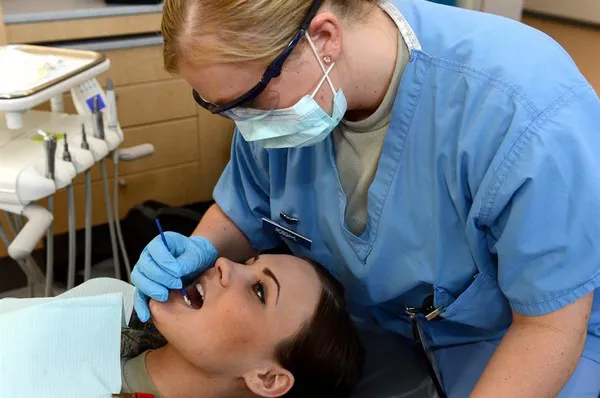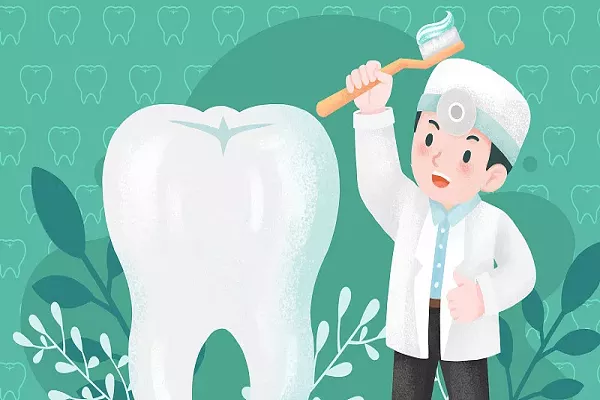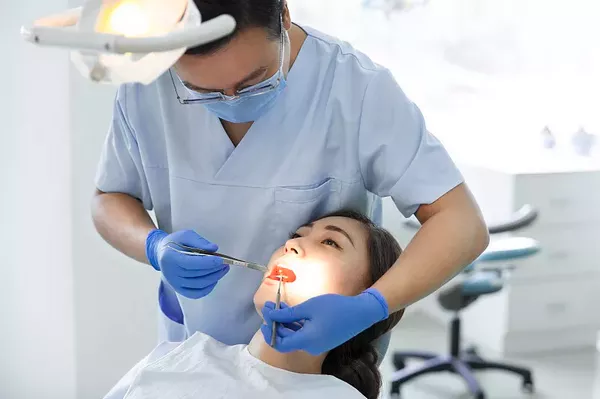Gingivitis, the initial stage of gum disease, is a common oral health concern that, if left unchecked, can lead to more severe conditions. Prevention is the cornerstone of maintaining optimal oral health. This essay explores a comprehensive approach to preventing gingivitis, encompassing understanding its causes, embracing effective oral hygiene practices, making lifestyle adjustments, and seeking professional guidance.
Understanding the Causes of Gingivitis
Gingivitis often stems from poor oral hygiene practices, allowing plaque—a film of bacteria—to accumulate on the teeth and gums. The plaque, if not removed through regular brushing and flossing, can trigger inflammation and irritation of the gum tissues. Beyond oral care, various factors contribute to gingivitis, including smoking, certain medical conditions, hormonal changes, and genetic predisposition.
Ineffective oral hygiene practices create an environment conducive to the development of gingivitis. The buildup of plaque, containing harmful bacteria, becomes a breeding ground for inflammation. Smoking and tobacco use, recognized as significant risk factors, further exacerbate gum disease. Individuals with certain medical conditions, such as diabetes, are more susceptible due to compromised immune function. Hormonal changes, particularly during pregnancy, can increase vulnerability to gingivitis. Additionally, genetic predisposition plays a role, with some individuals being more prone to gum disease due to family history.
Optimal Oral Hygiene Practices: The Cornerstone of Prevention
Establishing and maintaining effective oral hygiene practices is fundamental in preventing gingivitis. This involves a conscientious commitment to regular dental care, encompassing brushing, flossing, and the use of antimicrobial mouthwashes. Brushing teeth at least twice a day with a soft-bristled toothbrush and fluoride toothpaste is crucial. Special attention to the gumline during brushing ensures thorough removal of plaque in areas prone to accumulation.
Daily flossing, often underestimated, becomes a pivotal component in preventing gingivitis. It addresses areas between teeth and along the gumline that a toothbrush may not reach. Incorporating antiseptic or antimicrobial mouthwashes further strengthens the defense against gingivitis. Mouthwashes containing ingredients like chlorhexidine or cetylpyridinium chloride contribute to the reduction of bacteria and plaque. Additionally, tongue cleaning, often overlooked, is essential in eliminating bacteria that can contribute to bad breath.
Regular dental check-ups, a cornerstone of preventive oral care, play a pivotal role in the fight against gingivitis. Professional cleanings by dental hygienists are designed to remove plaque and tartar buildup, addressing the early signs of gingivitis and preventing its progression. Beyond cleaning, these check-ups offer a platform for personalized guidance on oral hygiene practices tailored to individual needs. Early detection of any signs of gingivitis or other dental problems ensures timely intervention, preventing the escalation of oral health issues.
Lifestyle Adjustments: Beyond Oral Care
Preventing gingivitis extends beyond oral care to encompass lifestyle adjustments that contribute to overall gum health. Smoking and tobacco use, recognized as significant risk factors for gum disease, demand cessation for comprehensive prevention. Quitting smoking not only benefits oral health but also promotes overall well-being by reducing the risk of gum inflammation and infection.
Dietary considerations emerge as another crucial component of gingivitis prevention. Adopting a balanced diet rich in fruits, vegetables, whole grains, and lean proteins provides essential nutrients that support gum health. Vitamin C, known for its role in collagen production and maintaining healthy gums, finds its place in citrus fruits, strawberries, kiwi, and bell peppers. Vitamin D, crucial for immune function, is sourced from sunlight exposure and vitamin D-rich foods or supplements. Omega-3 fatty acids, with their anti-inflammatory properties, are found in fatty fish, flaxseeds, and walnuts. Calcium, vital for strong teeth and bones, is derived from dairy products, leafy greens, and fortified foods.
Limiting the consumption of sugary foods and beverages emerges as a critical preventive measure. Sugars fuel the production of acids by bacteria in the mouth, contributing to plaque formation. By minimizing the intake of these substances, individuals reduce the risk of plaque buildup and, consequently, the likelihood of gingivitis.
Staying hydrated through regular water consumption promotes saliva production, a natural defense mechanism that helps neutralize acids and rinse away food particles. This simple yet effective practice contributes to overall oral health, creating an environment less conducive to the development of gingivitis.
Stress, often underestimated in its impact on oral health, becomes a consideration in the prevention of gingivitis. Chronic stress can compromise the immune system, making individuals more susceptible to infections, including gum disease. Incorporating stress-reducing activities such as exercise, meditation, or yoga into one’s routine becomes not just a lifestyle choice but a preventive measure against the development of gingivitis.
Physical activity, recognized for its role in supporting overall health, is an ally in the prevention of gingivitis. Exercise contributes to immune function, a critical factor in gum health. Ensuring adequate sleep becomes part of the holistic approach to prevention, as sleep is essential for overall well-being and immune function.
Regular Dental Check-ups: The Professional Touch
Regular dental check-ups are not just for addressing existing issues but also play a pivotal role in preventing gingivitis. Dental professionals offer insights, guidance, and interventions that are tailored to individual needs.
Professional cleanings by dental hygienists are thorough, targeting areas that may be challenging to reach with routine oral care practices. Scaling and root planing, if necessary, address more advanced stages of gingivitis, ensuring a comprehensive cleaning process. Beyond cleaning, dental professionals conduct examinations for any signs of gingivitis or other oral health issues, facilitating early detection and intervention.
Dental professionals also provide personalized guidance on oral hygiene practices, taking into account individual needs and risk factors. Tailoring prevention strategies based on professional advice enhances their effectiveness. In some cases, additional interventions such as fluoride treatments or sealants may be recommended to further fortify the teeth against the risk of gingivitis.
The Genetic Dimension: Navigating Predisposition
While genetics play a role in gum disease susceptibility, individuals with a genetic predisposition can take proactive measures to prevent gingivitis effectively.
Increased vigilance is crucial for those with a family history of gum disease. More frequent dental check-ups and meticulous oral care practices may be recommended to address the heightened risk. Collaborating with dental professionals allows individuals to understand their specific risks and implement preventive strategies tailored to their genetic predisposition.
Education and awareness about the genetic dimension of gum disease empower individuals to take control of their oral health. Understanding one’s genetic predisposition does not mean inevitability; rather, it becomes a tool for informed decision-making and proactive preventive measures.
Prevention as a Lifelong Commitment
Preventing gingivitis is not a one-time effort but a lifelong commitment to oral health. Consistency in oral care practices, lifestyle adjustments, and collaboration with dental professionals are the key components of this commitment.
Educational outreach plays a vital role in this commitment. Increasing awareness about gingivitis prevention through educational initiatives is essential. Encouraging individuals to adopt preventive measures from an early age contributes to a lifelong commitment to oral health. Community-based programs that focus on oral health education and preventive measures can have a significant impact. Collaboration between healthcare professionals and communities fosters a culture of preventive oral care.
Embracing a holistic approach to health, encompassing oral care, diet, lifestyle, and regular check-ups, reinforces the commitment to overall well-being. Preventing gingivitis is not just about preserving smiles; it is about nurturing overall well-being and empowering individuals to take charge of their oral health journey.
Conclusion: Fostering a Gingivitis-Free Future
In conclusion, preventing gingivitis requires a comprehensive approach that spans understanding the causes, adopting optimal oral hygiene practices, making lifestyle adjustments, and seeking regular professional guidance. By embracing these strategies, individuals not only fortify their defenses against gingivitis but also lay the groundwork for a lifetime of optimal gum health. The prevention of gingivitis is not just about preserving smiles; it is about nurturing overall well-being and empowering individuals to take charge of their oral health journey. A gingivitis-free future is not an aspiration but a tangible reality, achievable through knowledge, commitment, and collaboration between individuals and oral health professionals.





























